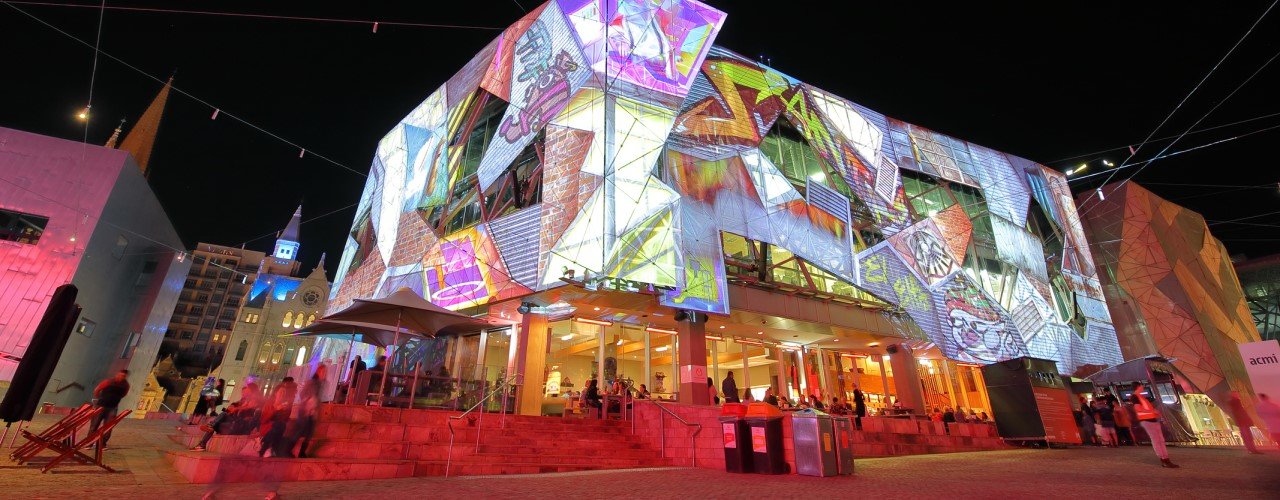Projection Mapping, Is this the next big leap in Public Art?
Projection Mapping, Is this the next big leap in Public Art?
Projection Mapping has gained a lot of ground in the art world in recent years. It may have started out as something of a gimmick but it has grown to be a widely respected opportunity to create the space to showcase upcoming talent and innovation in design. It can transform landscapes and perceptions in a very powerful way, so is it the next big leap in public art?
What exactly is Projection Mapping?
The official definition is “the display of an image on a non-flat, non-white surface.” Projection Mapping uses the spaces that we live and work in – buildings, sculptures, nature etc – and maps moving projected imagery onto them. It’s an incredibly simple concept that can have a very powerful impact. It means that work can be projected in a much more creative way than simply a blank white screen and public spaces, in particular, provide an incredible backdrop.
Where did it come from?
Projection Mapping is still relatively new as an art form but you can find examples of it that go back many decades. For example, it was used in Disneyland’s Haunted Mansion ride in the 1960s to animate disembodied heads to scare visitors. Since then it has expanded broadly into some of the most innovative corners of the art world, as well as fields such as advertising where big brands like Nokia have found a powerful use for it. One of the reasons why Projection Mapping is proving so popular is because it offers both spectacle and an element of interactivity, which can be a very powerful combination, especially in an area like public art.
Why is it so powerful?
It’s incredibly attention grabbing. In a public space, Projection Mapping will instantly grab the attention of anyone passing by and make them stop and seek to understand what’s happening. It creates the opportunity to add a technical aspect to any space and is incredibly versatile because it can be used on virtually any surface in virtually any space. It also has the potential to add many different elements to the experience, for example an audio element can heighten what the visitor feels when interacting with Projection Mapping and expand the range of expression for an individual piece of work.
Some prominent examples of Projection Mapping
The Sydney Opera House (2015). UK design house Universal Everything was employed to use Projection Mapping to cover this iconic building with stunning moving imagery, incorporating everything from pop culture ro physics simulations.
- The Romanian Parliament Palace (2016). A combination of design and contemporary art direction was applied to the huge surface of this iconic palace – 22,000 metres in total. The five minute display included everything, from chemistry to sacred geometry.
- Brighton’s Royal Pavilion. ‘Dr Blighty’ was Projection Mapping applied to the iconic Royal Pavilion in Brighton, recalling its history as a military hospital, inspired by the letters the soldiers sent back home.
Projection Mapping has incredible expression potential and – as we look for bigger and better, more accessible, canvases – could well be the next leap in public art.
Still Have Questions?
Our friendly team is here to help you out.

